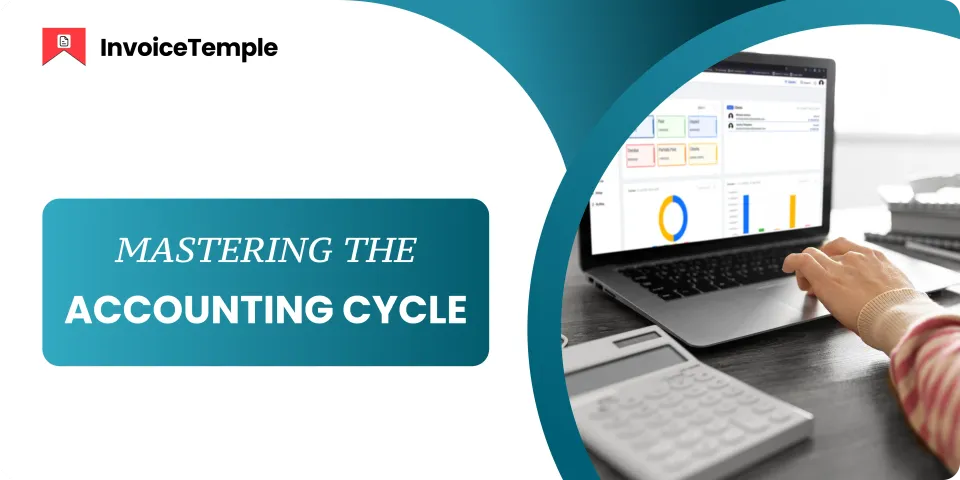Learn the Accounting Cycle: From Transaction to Closing

All businesses have specific cycles. Some of these include the production cycle, sales cycle, invoicing cycle, accounting cycle, and others. To determine the financial stability of the business, the accounting cycle is used. With a proper accounting cycle, the business owners can stay confident because the occurrence here will be minimal.
The process in the accounting cycle assists in managing the financial stability of the business, and no accounting data will be omitted here. With a reliable accounting cycle, businesses can gain substantial advantages. The whole accounting cycle process is outlined in this blog. If you want to know more details about the accounting cycle, then continue to read this blog. Here you can gain valuable insights about the accounting cycle.
What is the Accounting Cycle?
The accounting cycle is the chain of activities implemented by the business to manage and organize its financial performance. The accounting cycle gets refreshed after every accounting period. The full accounting cycle is completed when all the steps included in it are performed accurately and professionally.
A crucial factor to be considered here is the error occurrence. No error should occur in this cycle to gain accurate results. Even a minor error in any phase of the cycle can destroy the whole accounting process.
The Working Process of the Complete Accounting Cycle:
The accounting cycle consists of eight crucial steps. It starts with the process of recording the details. In olden days, this accounting cycle process was done manually. But it consumes a lot of time and is prone to errors. But nowadays, the online accounting software is used by most of the business owners to experience a seamless process. Let’s see the step-by-step process of the complete accounting cycle.
1. Recognize Transactions: The initial process to be held in the accounting cycle is identifying the transactions made in the business. The documents, like invoices, purchase orders, receipts, estimates, etc., are included in the accounting cycle. Tracking the transactions makes the further processes of the accounting cycle easier.
2. Recording the Transactions: The details regarding the business financial transactions must be recorded in a journal as individual entries. This helps to find the amounts that are debited from the account and credited to the account.
3. Post Entries to General Ledger: Once all the records are entered, they must be moved to the general ledger, which is the major record-keeping system. This system has separate sections to enter the details.
4. Create an Unadjusted Trial Balance: This unadjusted trial balance ensures that the total debits equal total credits. These trial balances are generated at the end of the accounting period.
5. Inspecting the Worksheet: The errors and mismatches in the credits and debits are identified in this step using the worksheet.
6. Modify Journal Entries: To rectify the errors and the mismatches in the journal entries, make some adjustments to them so that errors can be corrected.
7. Draft Financial Statement: After finalizing the trial balance without any errors, create the financial statements for the cash flow. The three crucial financial statements crafted are the income statement, cash flow statement, and balance sheet.
8. Close the Books: As the final process, the accounting books must be closed. After closing, again the balance will be reset to zero. The totals are moved to retained earnings and carried to the next period.
Using online accounting software for this accounting process can make the entire process easier. So, process the accounting cycle and manage your business finance in a better way.
